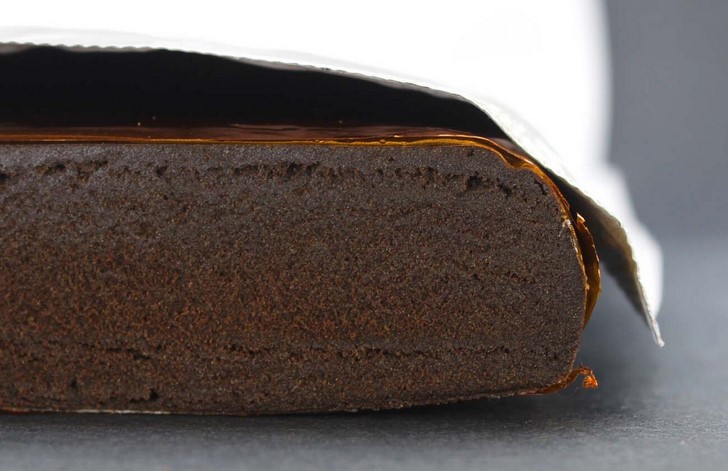-
×
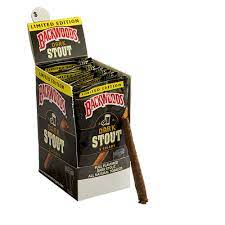 Dark Stout Backwoods Cigars
2 × $130.00
Dark Stout Backwoods Cigars
2 × $130.00 -
×
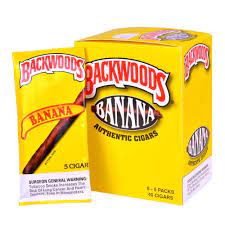 Banana Backwoods Cigars
2 × $200.00
Banana Backwoods Cigars
2 × $200.00 -
×
 Russian Cream Backwoods Cigars Pack
2 × $20.00
Russian Cream Backwoods Cigars Pack
2 × $20.00 -
×
 Bong *Includes 2 Tips*
1 × $50.00
Bong *Includes 2 Tips*
1 × $50.00 -
×
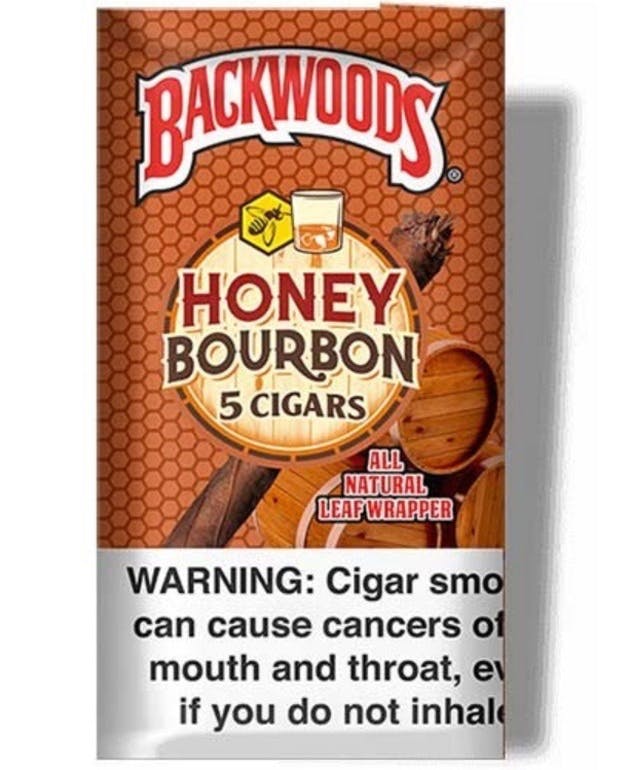 Backwoods Honey Bourbon Cigars Pack
1 × $20.00
Backwoods Honey Bourbon Cigars Pack
1 × $20.00 -
×
 Backwoods Dark Stout Cigars
3 × $20.00
Backwoods Dark Stout Cigars
3 × $20.00 -
×
 NFT
1 × $0.01
NFT
1 × $0.01 -
×
 Full Spectrum CBD 1500mg
1 × $60.00
Full Spectrum CBD 1500mg
1 × $60.00 -
×
 Banana Backwoods Cigars Pack
1 × $25.00
Banana Backwoods Cigars Pack
1 × $25.00 -
×
 Organic CBD/CBN Sleep Well
1 × $75.00
Organic CBD/CBN Sleep Well
1 × $75.00 -
×
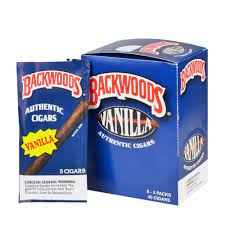 Vanilla Backwoods Carton Cigars
1 × $200.00
Vanilla Backwoods Carton Cigars
1 × $200.00 -
×
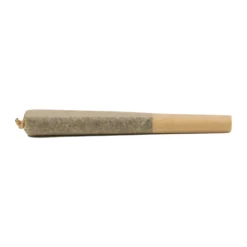 1G Pre Rolls - Single
1 × $5.00
1G Pre Rolls - Single
1 × $5.00 -
×
 Vanilla Backwood 5 Pack Cigars
4 × $25.00
Vanilla Backwood 5 Pack Cigars
4 × $25.00 -
×
 Cognac XO Backwoods Cigars Pack
5 × $25.00
Cognac XO Backwoods Cigars Pack
5 × $25.00
Cannabis Wiki
Afghan Habibi Review for 2022
Other common or street names of hashis: boom, gangster, hash, hemp. Marijuana concentrates are often referred to as 710, wax, ear wax, honey oil, budder, butane Afghan Habibi hash oil, butane honey oil (BHO), shatter, dabs (dabbing), black glass.
Note:The names of streets frequently change, and they may be different depending on the region of the US.
Afghan Habibi Hash Overall
Cultivation: Hashish is produced in many places throughout Afghanistan, but the best kinds come from the northern provinces near the Hindu Kush and Russian border. If you’re a tourist in Afghanistan, it will be difficult to see cannabis fields or Afghan Habibi hash production up close.
Production: Afghan Habibi hash production uses small, bushy Indica plants. In Afghanistan, workers hand-press Hashish under the addition of a small amount of tea or water. They work on it until it becomes highly elastic and has a strong smell. Afghan people storeHashish in round balls (because less contact with air makes it last longer), but before sellers send it off, they press the 100g slabs flat. Good quality Afghan Habibi hash comes from families with long lineages of experience in its production–you can tell by looking for their stem symbol on the product packaging.. Sometimes stores sell regular old Afghan Afghan Habibi hash as “Royal” Afghani to dress up its image.
Color: This fruit is black on the outside and dark greenish or brown inside. It can sometimes look kind of grayish on the outside when left in contact with air.
Smell: Spicy to very spicy.
Taste: Afghani is a very spicy strain of cannabis that can harsh on the throat. inexperienced users may find themselves coughing alot.
Consistency: The dough is soft and easy to knead.
Effect: The high from this drug is very physical and strong, similar to that of a narcotic.
Potency: The THC levels in Afghani can be very potent, sometimes upwards of 6.5%. It’s easy to underestimate the potency of this strain since the high takes a few minutes to reach its full potential.
Availability: Afghan Habibi hash is quite rare, and especially of good quality. Next to Moroccan Hash, it is the most common kind of Afghan Habibi hash sold on the European market. Prices for Afghani are usually higher than those of Moroccan hashish, but the quality varies greatly. If I have a choice between Moroccan or Afghani hashish, then I would go for the stonier and more narcotic Afghan variety.
Various: The quality of Afghani hashish can vary depending on where it’s coming from – often, coconut or other oils are added in the originating country. There is also some Hash-Oil which is being produced from Afghani, usually the quality is excellent. Most people I know who have smoked Afghani for a long time get bored of its taste eventually, but there are always exceptions to the rule.
Beware: Turkish Afghan Habibi hash is sometimes offered under the name of Red Afghani.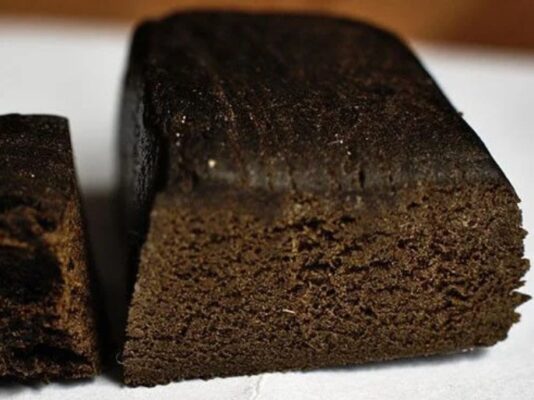
What is hashish?
- Hashish is a potent form of cannabis produced by compressing trichomes, the most potent material from marijuana plants. Marijuana leaves, stems, seeds and flowers are dried and shredded to create a green, brown or gray mixture.
- The fine growths on cannabis plants that produce a brown or orange sticky resin are called trichomes. This resin is high in THC.
- Afghan Habibi hash can be dried and pressed into small blocks or made into an oil. It is also sometimes added to food as an ingredient.
Hashish consists of the same active ingredients as marijuana, but in a more concentrated THC form. Sinsemilla, hashish and Afghan Habibi hash oil are stronger forms of marijuana. These products are THC concentrates or extracts. They appear as a dark brown, waxy substance or can be made into an oil.
The main ingredient in hashish that leads to the “high”, similar to marijuana, is THC (delta-9-tetrahydrocannabinol).
People who use hashish can feel anything from a mild sense of euphoria to intense hallucinations. They may also have a distorted perception of time, an increased appetite, and heightened senses (such as brighter colors). Some less experienced users mightHave negative reactions including anxiety or paranoia.
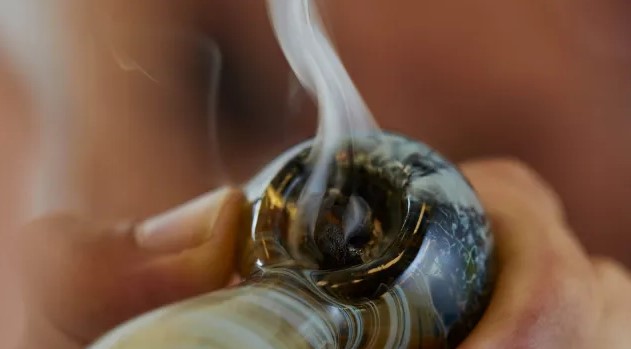 How is Afghan Habibi hash used?
How is Afghan Habibi hash used?
Hashish, or concentrates, are most often smoked using a pipe or waterpipe (bong), vaporizer (“vape”) pen, or in a “blunt” with marijuana or tobacco. It can also be added to food items or brewed as tea.
A vaporizer is a preferred method of consuming marijuana concentrates for many people because it doesn’t produce smoke, it’s less detectable by smell, and it’s portable. Ingesting marijuana concentrates using a vaporizer is often called “dabbing” or “vaping.”
Dabbing THC-rich products, like marijuana extracts, is gaining in popularity. These extracts contain high levels of THC:
- Afghan Habibi hash oil
- wax or budder: a soft solid form
- shatter: a hard resinous substance
The THC levels in hashish can have different effects on users depending on the potency of the product. Potency ranges from plant to plant, but all types of hashish always contain high concentrations of THC and other cannabinoids–the same active ingredients as marijuana.
With the changing landscape of marijuana laws in the US, THC extracts are becoming more popular. Marijuana concentrates usually contain 40 to 80% THC, which is significantly higher than normal marijuana that only has around 20% THC.
Many people use butane as a solvent to produce BHO, otherwise known as amber, dab, glass, honey, butter, shatter or wax. The extraction process is incredibly dangerous because it uses highly flammable butane in order to extract THC from marijuana plants. In the past this has resulted in disastrous explosions and severe burns.
What are the health effects of Afghan Habibi hash use?
Some immediate consequences of smoking Afghan Habibi hash oil are issues concerning memory and studying abilities; mixing up senses ( visual, audio, sense of time), lack of coordination; a rapid heartbeat, plus feelings of fearfulness and nervousness. Since THC levels in hashish are higher than average marijuana strains, the effects might be more intensified.
THC is quickly and easily absorbed into organs through fatty tissues, which can be detected by urine testing methods long after use. For those who smoke chronically, THC might be detectable weeks after they have stopped using marijuana.
The levels of THC in hashish are significantly higher than the average level of THC found in marijuana. In fact, according to DEA samples, the percentage of THC in marijuana increased from 4% to 15.5% between 1998 and 2018.
The long-term effects of hashish or marijuana concentrate use are not yet fully known; however, the long-term effects of marijuana plant-use have been researched.
- Psychological effects can include paranoia, anxiety, panic attacks, and hallucinations.
- Heart rate and blood pressure may change.
- People who use THC products often exhibit the same respiratory issues as cigarette smokers, such as a daily cough, phlegm buildup, chronic bronchitis symptoms, and more colds. These individuals are also prone to lung infections like pneumonia. Furthermore, marijuana smoking may contain cancer-causing chemicals (toxins and tar) similar to those found in cigarettes.
- Too much marijuana use can negatively impact your memory, judgment and perception. People who smoke weed heavily often have impaired learning and attention skills.
Various research findings suggest that marijuana use at an early age can lead to lower IQ levels and stunted brain development.
Afghan Habibi hash effects on pregnancy
The use of drugs during pregnancy can have a negative impact on the health of both the mother and child.
- THC in breast milk can be detrimental to an unborn baby.
- According to some studies, babies who were born to mothers that used marijuana while pregnant tend to be smaller than those not exposed the drug. In general, smaller babies have more health problems.
- If a nursing mother uses marijuana, she will pass some of the THC to her baby through her breast milk. Studies have shown that if a mother smokes weed during the first month of breastfeeding, it could negatively affect the infant’s motor skills development.
- In order to avoid any negative side effects of marijuana on the fetus, the American College of Obstetricians and Gynecologists (ACOG) recommend that pregnant women should refrain from using pot.
Afghan Habibi hash addictive potential
If a drug inds users unable to resist the urge for more and they continue using it despite harmful effects, we would say that drug is addicting. Although not every marijuana or hashish user becomes addicted, those who cannot help but compulsively seek out and use the drug are dependent or addicted.
Some regular, hardcore users of marijuana (THC) develop a tolerance for it over time. Tolerance means that the user requires larger doses of the drug to obtain the same desired effects that they used to experience from smaller amounts.
Some people who frequently smoke marijuana may have difficulty quitting and experience withdrawal symptoms. Mild side effects that have been reported during attempts to quit include:
- irritability
- trouble sleeping
- decreased appetite
- anxiety
- cravings
If you think you may have marijuana use disorder, please talk to your doctor for guidance. While there are no medications currently available to treat this disorder, behavioral support tools may be able to help.
How Dangerous is Hashish?
Although hashish, similar to other forms of marijuana, can result in some adverse and even potentially dangerous consequences for certain people. Hashish may be particularly harmful to adolescents that use the drug regularly. According tot research heavy marijuana use among teenagers typically correlates with lower grades, an increased likelihood of dropping out of school, being unemployed later in life, and a reliance on welfare programs. Early exposure to marijuana is also linked with a greater chance of using drugs recreationally and becoming addicted later on down the road.
Cannabis use has also been linked to the development of psychotic disorders such as schizophrenia. However, this is likely only due to pre-existing, latent schizophrenia and not entirely caused by marijuana use. Even so, hashish can be dangerous to consume if you have a history of psychosis or other mental health problems.
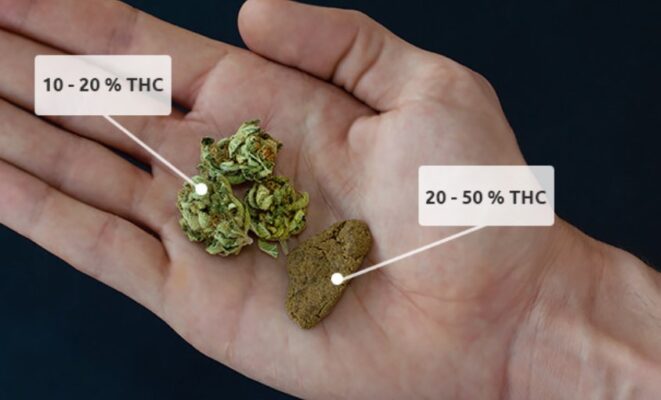 Afghan Habibi hash vs. Marijuana: What’s the Difference?
Afghan Habibi hash vs. Marijuana: What’s the Difference?
Both Afghan Habibi hash and marijuana come from the cannabis plant. They can produce feelings of happiness, relaxation, and increased appetite.
Even though some states have legalized cannabis and/or marijuana, under federal law they are both classified as illegal drugs.
That’s where the similarities end. Afghan Habibi hash and marijuana:
- Are prepared differently. Afghan Habibi hash takes more steps to produce than marijuana.
- Have different flavors. Afghan Habibi hash typically has a spicier, more robust flavor than marijuana, which usually tastes fresh and herby. Additionally, the method used to produce Afghan Habibi hash can affect its taste.
- Have different potencies. Afghan Habibi hash is more potent because it contains a higher concentration of THC.
- Are used differently. There are three popular methods for consuming marijuana: smoking, vaporizing, and eating Afghan Habibi hash (usually in the form of edibles).
Risks of Mixing Afghan Habibi hash and Alcohol
Although alcohol and cannabis are often thought of as safe when used moderately, combining the two- especially if potent Afghan Habibi hash is involved in cannabis use – can lead to a number of concerning side effects, such as:
- Alcohol increases the effects of THC when combined with hash. The metabolizing process slows when you mix drugs and alcohol, so THC remains in the system longer.
- Mixing alcohol and Afghan Habibi hash raises the likelihood of an overdose of THC, as well as increasing the risk for alcohol poisoning.
- Mixing Afghan Habibi hash and alcohol severely hinders a person’s ability to think straight. People under the influence of these substances often act on impulse and take part in high-risk activities.
- Alcohol is a diuretic, which means it will make you urinate more frequently. When combined with other substances, such as hash, the diuretic effect is amplified.
- Cannabis products, like hash, have antiemetic properties. This means that they help reduce vomiting and manage side effects from cancer treatments and HIV medications. When combined with alcohol, this effect can be dangerous since vomiting is the body’s natural way of getting rid of alcohol that has reached harmful levels.
- Drinking alcohol while using Afghan Habibi hash can intensify the effects of the drug, including hallucinations and anxiety.
- Mixing alcohol and Afghan Habibi hash long-term increases the risk of developing liver disease, kidney disease, immune system problems, cardiovascular issues, and gastrointestinal health problems.
- If a person consumes alcohol and Afghan Habibi hash together, they are more likely to become addicted to both substances.
Treatment Options for Afghan Habibi hash Addiction
There are several treatment options for people addicted to hash, both inpatient and outpatient. Inpatient residential programs often have the highest success rate because they remove people from temptation and allow them to focus entirely on recovery.
Many people overcome substance abuse through outpatient programs.
Different treatment options you can choose from depending on if you want to be an inpatient or outpatient include:
- Our detox services will help you through the difficult withdrawal phase by providing support, supervision, and treatment for any symptoms you may experience.
- Therapy and counseling that helps people understand the root cause of their addiction, as well as how to cope with triggers that induce a desire to use drugs or alcohol.
- Support groups, such as 12-step programs that allow people to help and receive help from others in similar situations
- Family therapy can support and educate not just the patient, but also their loved ones.
- Additional support services may include vocational rehab, case management services, and occupational therapy.
Conclusion
Hash is a cannabis concentrate that can be consumed in many ways. It’s usually more potent than marijuana buds, and the hard-hitting effects come almost instantly.
Smoking hash is an extraordinary experience that will bring you to a whole new level. Whether it’s the perfect way to end your day or if you want something different, we hope this beginner guide has helped you understand how to smoke hash and use this product responsibly.
How have these tips or methods worked for you in the past? Let us know your thoughts and experiences in the comments below! We would love to hear from you.


